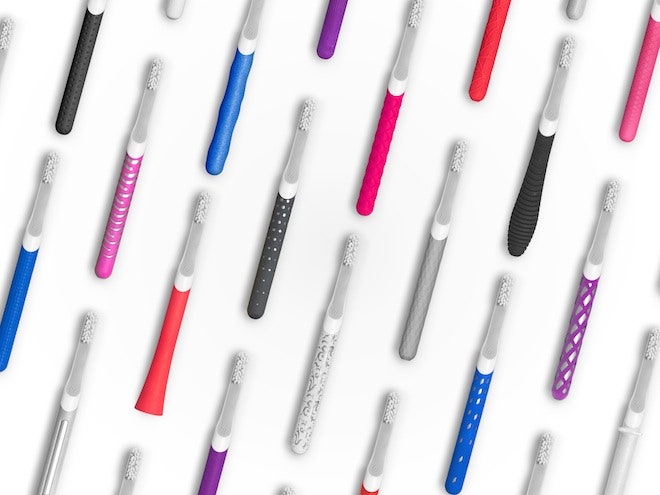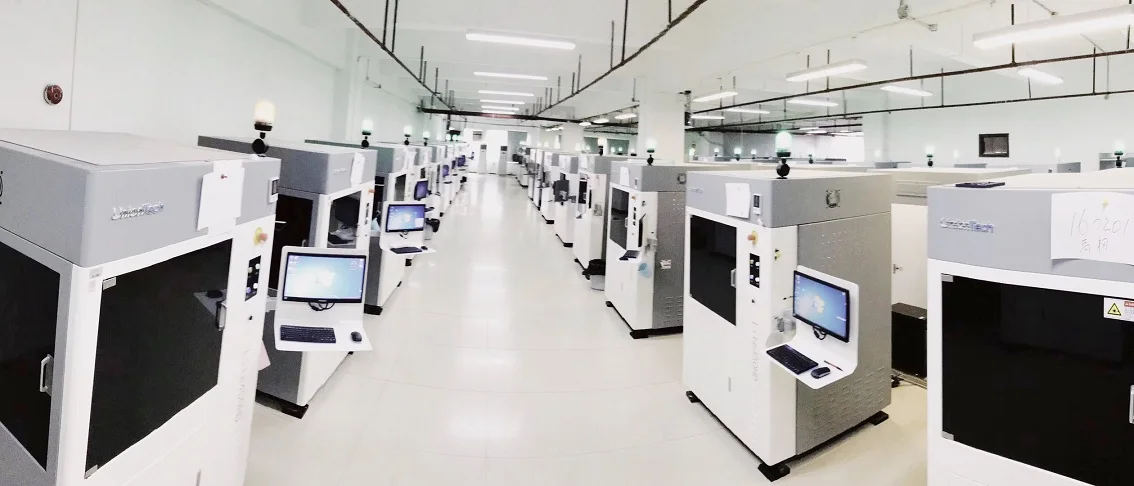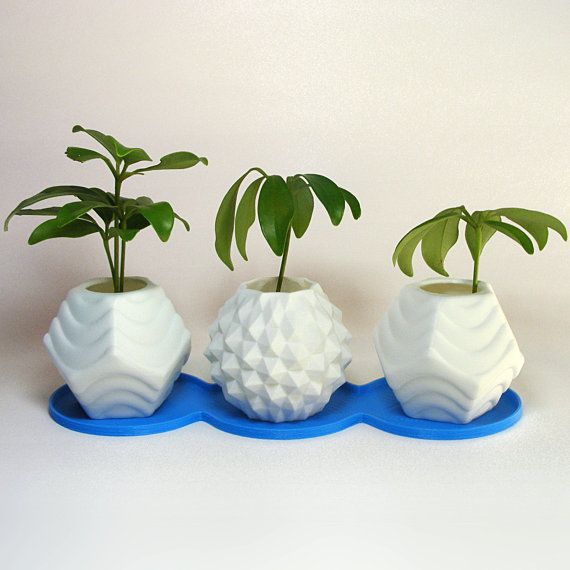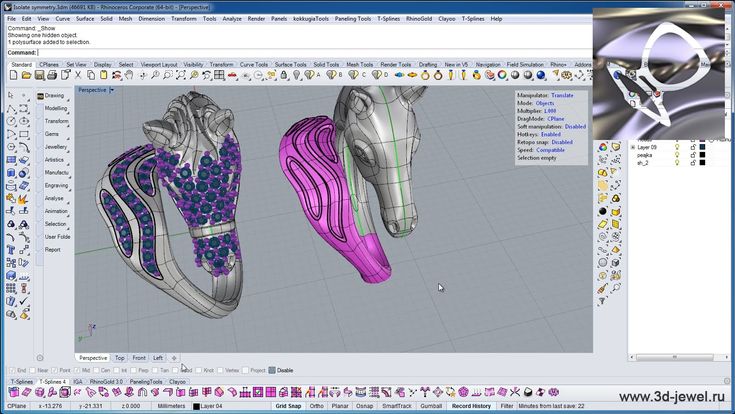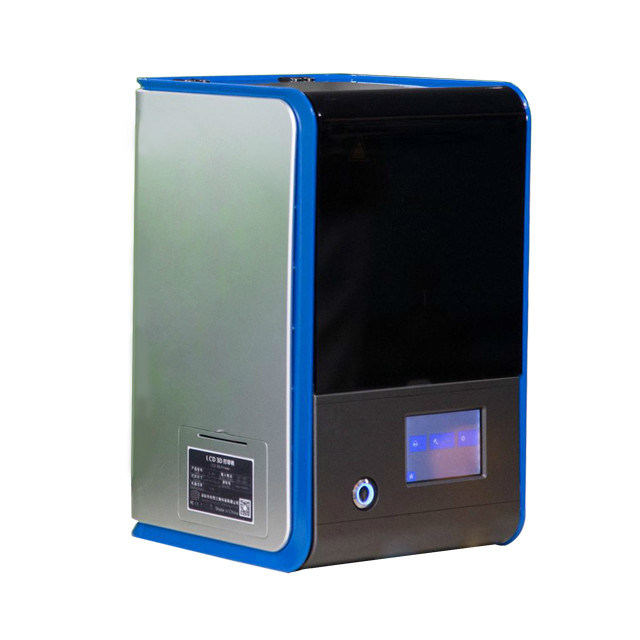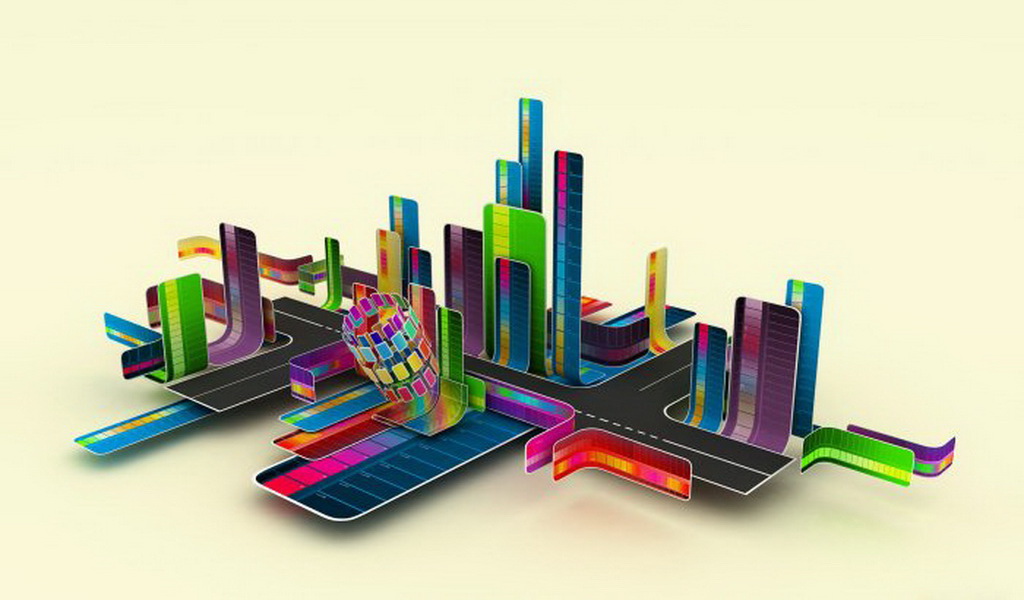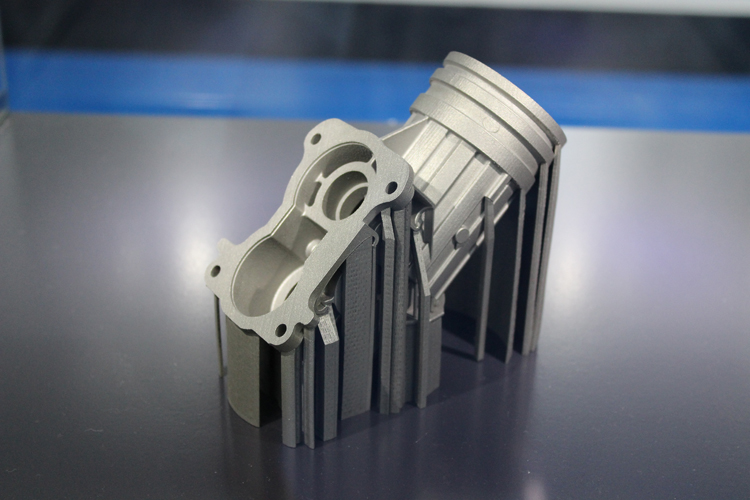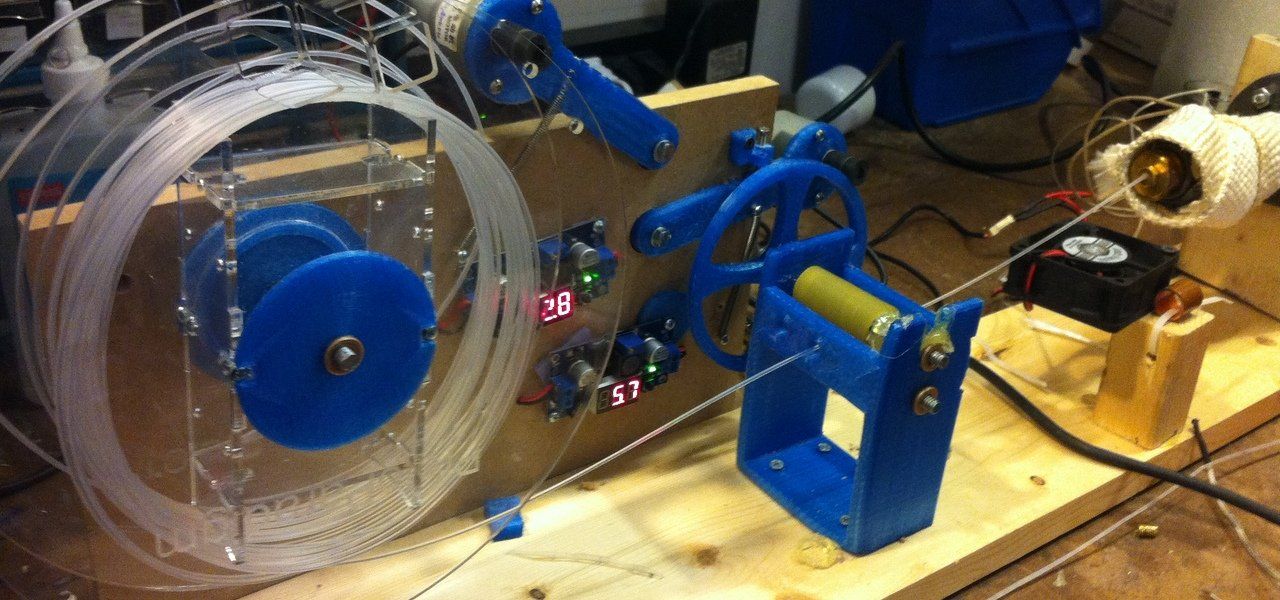3D printer toothbrush
Dentists develop unique 2-in-1 3D printed toothbrush handle for people with dexterity impairments
0Shares
Researchers at India’s MNR Dental College and Hospital have developed a method of 3D printing a toothbrush that’s designed specifically to be easier for those with dexterity impairments to hold and use.
Using putty impressions of users’ hands, the dentists have come up with a way of modeling and 3D printing custom 2-in-1 toothbrushes and interproximal brushes from PLA. According to the team, the resulting implements are not only durable and water-resistant, but they make it easier to brush teeth, in a way that could raise the self-esteem of handicapped users by reducing their dependency on others.
The researchers’ 3D printed toothbrush handle. Photo via MNR Dental College and Hospital.Leveling the dentalcare playing field
For those unable to carry out manual tasks with precision, whether that be due to long-term health issues, or conditions that tend to more often affect the elderly like arthritis or stroke, dentalcare can be a real chore. As such, afflicted patients are likely to find maintaining good oral hygiene difficult, something that we all know to be necessary to avoid common dental problems such as cavities or gingivitis.
In their paper, the researchers even go so far as to suggest that really poor brushing can cause malnutrition. This is due to the loss of sensory and masticatory function that sometimes follows the onset of dental diseases, which in turn, can be very expensive to treat. As a result, the dentists stress the importance of plaque control, which can only be achieved by “reaching every corner of the mouth.”
Given that this tends to depend on unrestricted hand and finger movement, the India-based team has therefore identified the need for a brushing device that’s “individually adapted for use,” as well as being simple, cheap and quick to produce.
3D models of the team’s 3D printed toothbrush and interproximal brush holder. Image via MNR Dental College and Hospital.Custom dental production at pace
To help the dexterity-impaired look after their teeth more easily, the researchers have come up with a unique workflow, designed to enable the rapid creation of custom toothbrushes.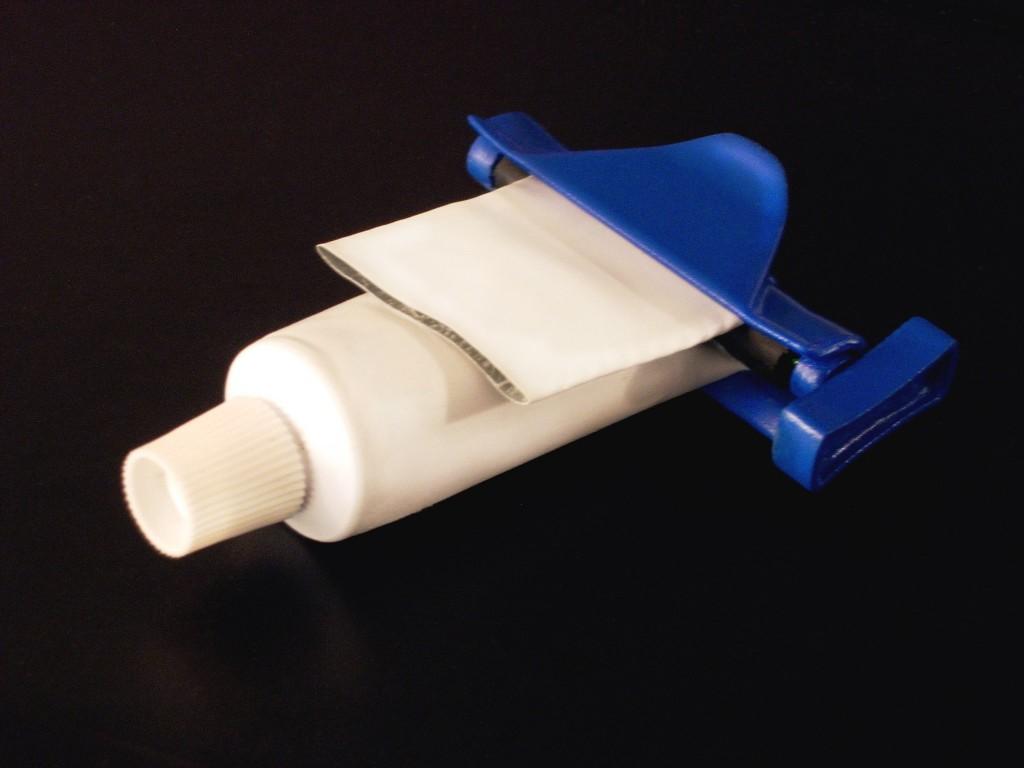 In the first step of this process, a greased-up toothbrush is inserted into silicone putty, which prospective users are encouraged to lightly grip, as a means of creating an imprint of their hand.
In the first step of this process, a greased-up toothbrush is inserted into silicone putty, which prospective users are encouraged to lightly grip, as a means of creating an imprint of their hand.
Once the putty has been molded into a custom toothbrush handle, images of it are then captured and uploaded to a 3D modeling software prior to printing. In the case of the India-based dentists, they opted to achieve this via Materialise Mimics and an Ultimaker 2+, which they used to create a device for an elderly patient.
After polymerization, the team claimed that their initial prototype was ready for long-term usage, something that can’t be said for handles made via other techniques. While such implements have previously been made from light-cured composites or acrylic resins, the researchers say these tend to be quite expensive, and with each new design the entire workflow needs to be carried out again.
By contrast, the dentists say their handle is made from a durable material that “can be used for a long time,” costs just 2,500 rupees (around $31), and with minor modifications, can be reused with different dental products, making it an enduring solution to the oral care issues faced by those with dexterity impairments.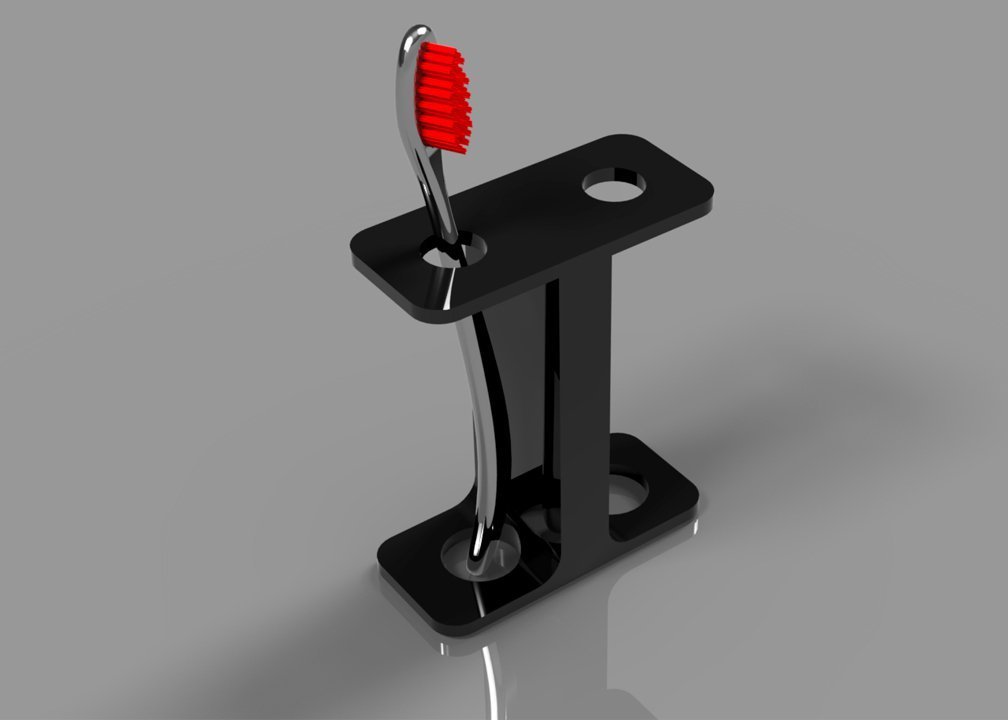
“This customized handle will increase the volume of the handle, making it easier to brush teeth,” conclude the team in their paper. “It will also reach all the mouth regions to clean effectively because of better control on the handle. An individual can brush on their own by reducing dependency on others. This freedom of self-brushing will increase their self-respect by reducing their reliance on caregivers.”
A ‘TacTip’ artificial fingertip 3D printed at the University of Bristol. Image via the University of Bristol.Helping improve the daily lives of those with physical disabilities has often been the target of 3D printing research in recent years, with the technology being used to develop various dexterity-aiding devices. As recently as April 2022, scientists at the University of Bristol created a set of 3D printed ‘TacTip’ sensors, which could soon allow amputees to ‘feel’ objects through their prosthetic limbs.
Going further back, Open Bionics has also been using the technology to create prosthetics for some time now, and in doing so, it has previously managed to bring new dexterity to 3D printed hands. By outfitting its open-source Ada hand with grips capable of more powerful grabbing motions, the firm initially found it was able to perform a variety of movements in the picking up and manipulating of objects.
By outfitting its open-source Ada hand with grips capable of more powerful grabbing motions, the firm initially found it was able to perform a variety of movements in the picking up and manipulating of objects.
The researchers’ findings are detailed in their paper titled “Individually Modeled 3D Printed Toothbrush and Interproximal Brush Handle With Name for Patients With Limited Manual Dexterity,” which was co-authored by Shreya Colvenkar, Ramesh Kunusoth, Rathod Prakash, Aditya Mohan Alwala and Sabavat Ashok Kumar.
To stay up to date with the latest 3D printing news, don’t forget to subscribe to the 3D Printing Industry newsletter or follow us on Twitter or liking our page on Facebook.
For a deeper dive into additive manufacturing, you can now subscribe to our Youtube channel, featuring discussion, debriefs, and shots of 3D printing in-action.
Are you looking for a job in the additive manufacturing industry? Visit 3D Printing Jobs for a selection of roles in the industry.
Featured image shows the researchers’ 3D printed toothbrush handle. Photo via India’s MNR Dental College and Hospital.
Tags Materialise MNR Dental College and Hospital open bionics Ultimaker University of Bristol
Paul Hanaphy
Paul is a history and journalism graduate with a passion for finding the latest scoop in technology news.
Toothbrush best STL files for 3D printer・Cults
Oral B charging station
€2
Brushtooth Holder Wallmount
Free
DOGTOOTHBRUSH HOLDER
€5.76
Universal Toothpaste (2x) and Eletrical Toothbrush Holder (3x)
€1
Universal Toothpaste (1x) and Eletrical Toothbrush Holder (2x)
€1
Toothbrush holder
€1.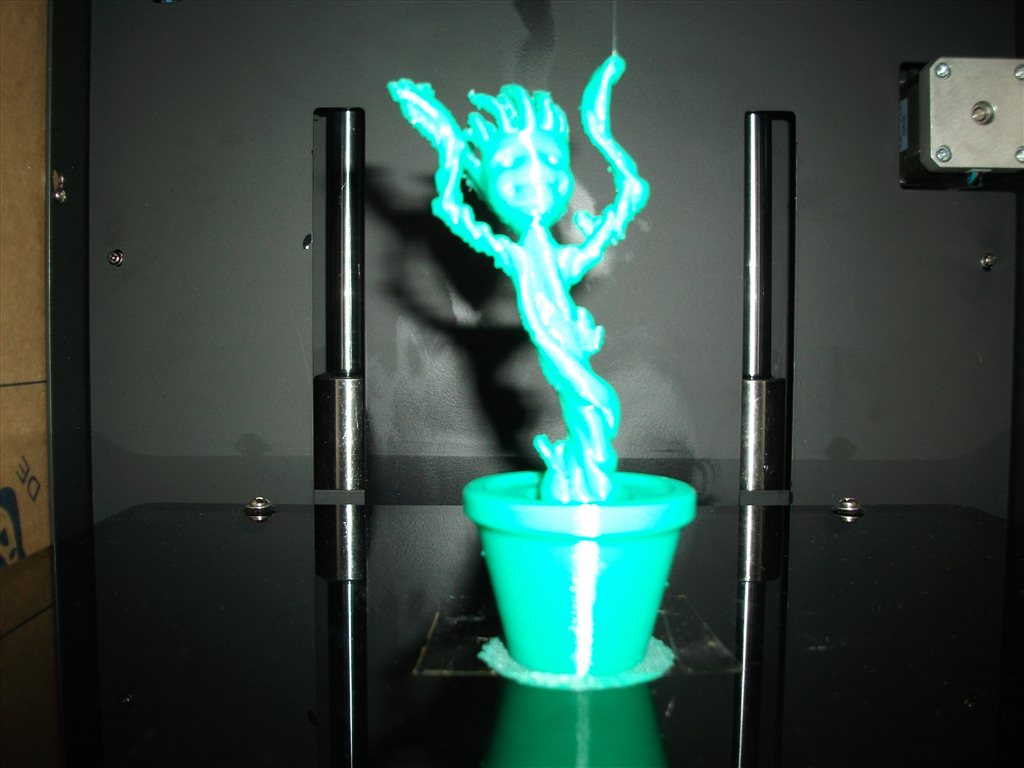 23
23
Avatar the way of water Tool/Toothbrush holder
€1.84 -20% €1.47
Toothbrush travel case for electric toothbrush
€2
toothbrush holder stand
€1.57
Bathroom Bundle
€5.69
ToothBrush Holder And Tray Combo
€1.42
Toothbrush Holder
€1.42
Toilet Roll Holder
€1.14
Toilet Roll Hanger
€1.14
Soap Dish
€1.14
Clothes Hanger
€1.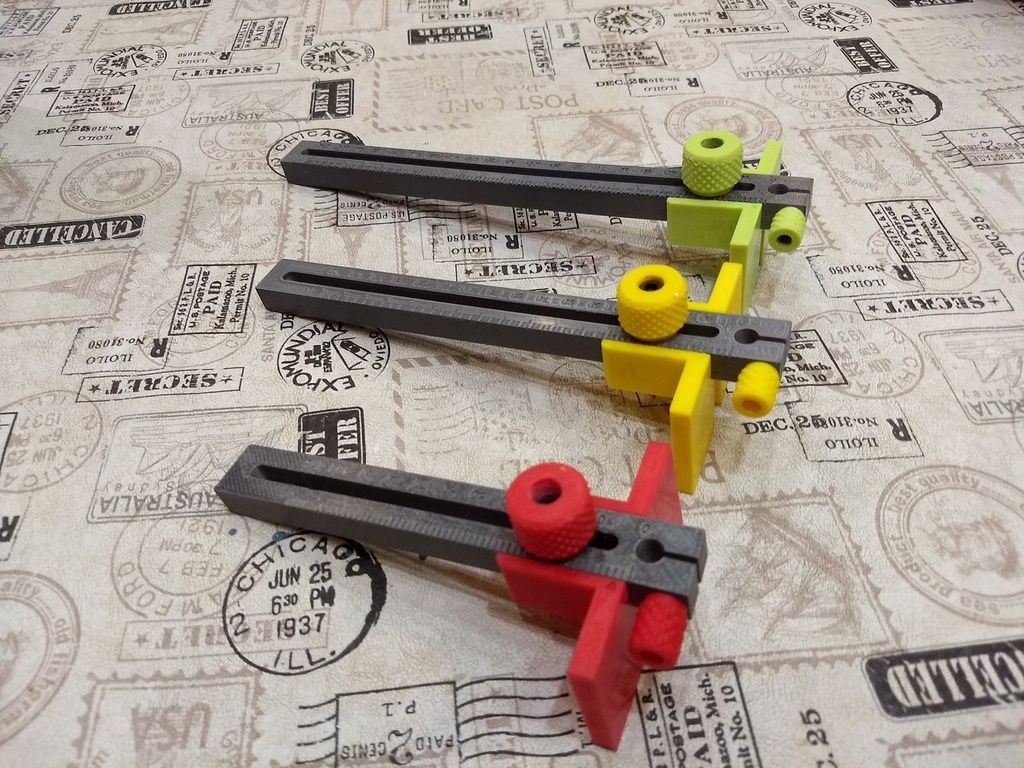 14
14
Bathroom Tumbler
€1.14
Bathroom Tray
€1.14
Bathroom Bin
€1.14
Phillips Toothbrush Holder
Free
Holder for 2 and 4 electric toothbrushes ORAL-B and toothpaste tube
€0.70
Mechanical organizer
€1.99
Wall Holder for Oral-B Electric Toothbrushes, Toothbrush Holder
€1.50
Toothbrush holder
€0.65
Toothbrush holder for Magnetic mounting
Free
Bathroom toothbrush holder 6
€0.59
Shark pen cup cable holder-Kawaii
€2.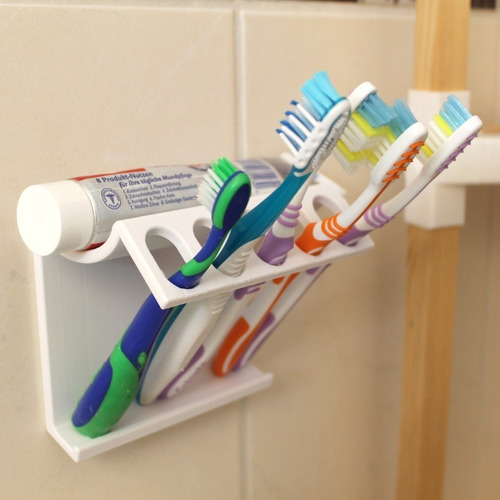 30
30
Oral-B Pulsonic Brush Head Stand
Free
Toothbrush holder
€0.50
Totoro toothbrush holder for kids
€2.50
Toothbrush and toothpaste holder
Free
5 toothbrush holder
Free
SOAP DISH
€1.71
lego block toothbrush holder
Free
Humble Brush Cover
Free
Tooth Brush Travel Box V1
Free
Toothbrush and toothpaste holders
Free
Bathroom toothbrush holder
€0.59
Toothbrush case
Free
Holder for 2 electric toothbrushes ORAL-B
€0.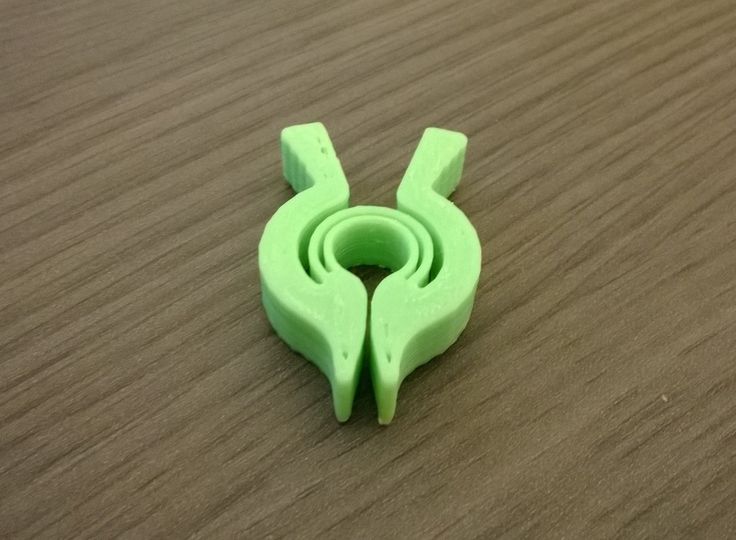 60
60
Tooth brush stand BRAUN, no support needed
Free
Cute tooth-shaped toothbrush holder
€0.90 -28% €0.65
electric toothbrush mount
Free
Mickey Mouse Bath Set
€9.88
Oral B Classic Toothbrush Case
Free
Handle and feet for toothbrush head model Edith
Free
Oral B IO4 stand
€0.57
Monster Support
€1
Best STL Files for Toothbrush・Cults 3D Printer
Charging station Oral B
2 €
Wall brush holder
Free
TOOTHBRUSH HOLDER
5. 76 €
76 €
All-purpose toothpaste (2x) and electric toothbrush holder (3x)
1 €
Universal toothpaste (1x) and electric toothbrush holder (2x)
1 €
Toothbrush holder
1.23 €
Avatar Water Path Tool/Toothbrush Holder
€1.84 -20% 1.47€
Travel case for electric toothbrush
2 €
toothbrush holder
1,57 €
Bathroom set
5.69 €
Toothbrush Holder & Tray Combo
1.42 €
Toothbrush holder
1.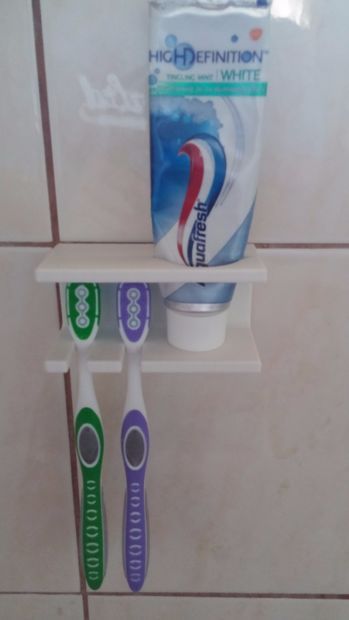 42 €
42 €
Toilet roll holder
1.14 €
Toilet roll hanger
1.14 €
Soap dish
1.14 €
Clothes hanger
1.14 €
Bathroom cabinet
1.14 €
Bathroom tray
1.14 €
Bathroom basket
1.14 €
Phillips toothbrush holder
Free
ORAL-B electric toothbrush holder for 2 and 4 brushes and a tube of toothpaste
0.70 €
Mechanical organizer
1.99 €
Oral-B electric toothbrush wall holder, toothbrush holder
1,50 €
Toothbrush holder
0.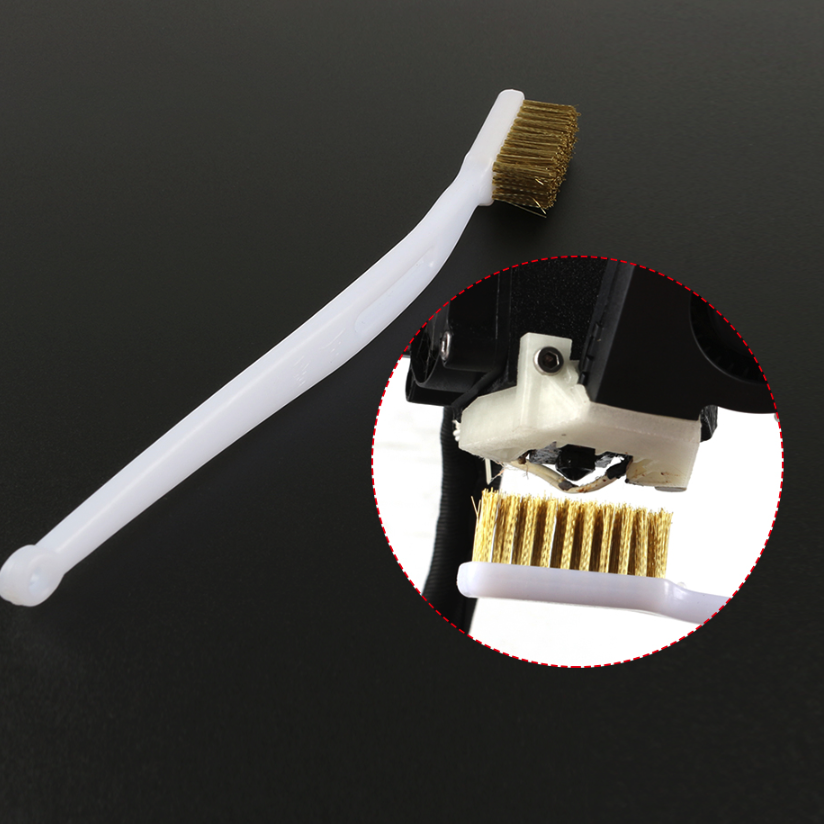 65 €
65 €
Magnetic toothbrush holder
Free
Toothbrush holder in the bathroom 6
0.59 €
Cup cable holder with shark handle - Kawaii
2,30 €
Oral-B Pulsonic Brush head holder
Free
Toothbrush holder
0,50 €
Totoro toothbrush holder for children
2,50 €
Toothbrush and paste holder
Free
5 toothbrush holder
Free
SOAP WARE
1.71 €
Lego toothbrush holder
Free
Modest brush case
Free
Toothbrush travel box V1
Free
Toothbrush and paste holders
Free
Bathroom toothbrush holder
0. 59 €
59 €
Toothbrush case
Free
Electric toothbrush holder for 2 ORAL-B toothbrushes
0.60 €
BRAUN toothbrush holder, no support required
Free
Cute tooth-shaped toothbrush holder
€0.90 -28% 0.65€
Electric Toothbrush Holder
Free
Mickey Mouse bath set
9.88 €
Oral B Classic Toothbrush Case
Free
Handle and feet for Edith toothbrush head
Free
Stand Oral B IO4
0.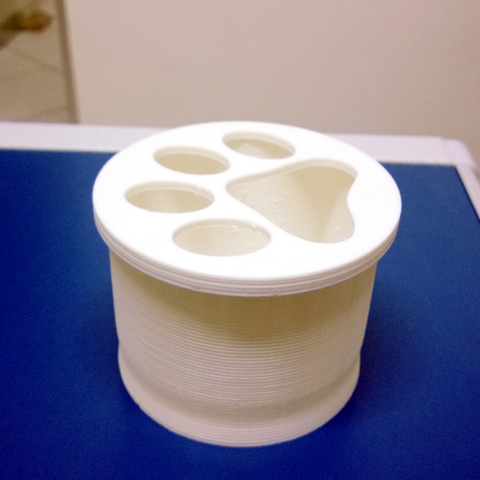 57 €
57 €
Monster Support
1 €
6 breakthrough technologies in dentistry
Dentures in just four hours, universal diagnostics and learning from the best specialists without having to travel halfway across the country — Oleg Kushch, CEO of the Smile Factor dental clinic network, talks about how dentists use new technologies.
Photo: Quang Tri NGUYEN/ Unsplash
Computer Design and 3D Printing
3D printing needs no introduction. In medicine, this technology is at the peak of popularity today, since it allows you to print medicines and prostheses, and even make copies of organs.
Traditionally, when a patient needs a crown, the dentist has to take an impression of the tooth and sculpt a temporary crown, and then wait for the dental laboratory to fabricate the permanent one. Today, some clinics are turning to new technologies, significantly reducing the waiting time for the patient: the tooth is prepared for the installation of a crown, an image is taken, then this image is transferred to a 3D printer that prints the crown right in the clinic.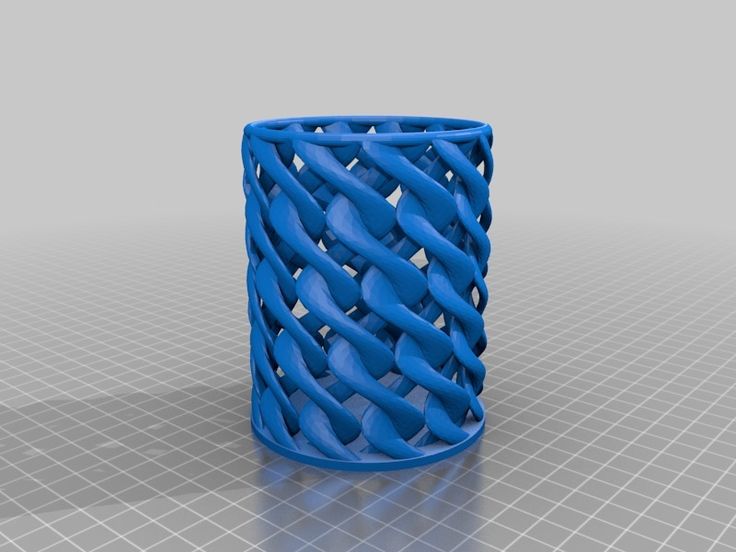
Printers also enable faster and more accurate production of orthodontic models, surgical guides, aligners, retainers and other dental equipment. This helps automate workflows, reducing errors and labor costs.
Artificial intelligence
In many dental offices today, doctors can already create a 3D model of a patient's jaw using special computer programs. Thanks to three-dimensional graphics, it is possible to determine all the parameters of the patient's jaw and plan further treatment. The technology helps both therapists and implantologists.
Researchers at the University of Sheffield have recently begun exploring the use of AI in diagnosing oral cancer. The first doctors who may notice signs of cancer are dentists. Therefore, the purpose of using special algorithms that recognize malignant tumors is to increase awareness among general practitioners. The AI is expected to classify lesions into three categories based on images: benign, malignant, and potentially malignant. According to doctors, now there is a problem with deciphering the biopsy of the DEPR (dysplasia of the epithelium of the oral cavity). First, they learn about it too late. Secondly, specialists prescribe different treatments for patients with the same results of the study. The use of artificial intelligence should make the examination objective, and the treatment systematized and timely. At the moment, the algorithm is only being developed - it will be trained on the basis of tissue samples with DEPR data obtained over a period of five years.
According to doctors, now there is a problem with deciphering the biopsy of the DEPR (dysplasia of the epithelium of the oral cavity). First, they learn about it too late. Secondly, specialists prescribe different treatments for patients with the same results of the study. The use of artificial intelligence should make the examination objective, and the treatment systematized and timely. At the moment, the algorithm is only being developed - it will be trained on the basis of tissue samples with DEPR data obtained over a period of five years.
Photo: Jonathan Borba/ Unsplash
Smart toothbrush
Smart toothbrushes control whether you brush your teeth correctly. The brush is equipped with sensors in the handle that transmit data to a special mobile application, which, in turn, warns if the user presses too hard on the teeth and instructs how to brush them properly. For children, this service offers games to develop the habit of brushing your teeth regularly.
Augmented Reality
You may be familiar with augmented reality (AR), a technology that combines the real world around the user with the space created on the computer. In dental practice, AR technology allows patients to know how they will look after treatment. Today, professional AR applications have been developed that doctors use before the procedure to superimpose a virtual image of an “improved” set of teeth on a real one. This allows patients and dentists to select the best tooth characteristics (height, distance) before treatment begins.
Virtual Reality
Virtual reality (VR) differs from augmented reality in that it creates a three-dimensional world, completely separating the user from reality and immersing him in a virtual environment. Back in 2015, Nobel Biocare performed the first dental surgery filmed using virtual reality technology, which allowed observers to practically assist the surgeon throughout the entire procedure.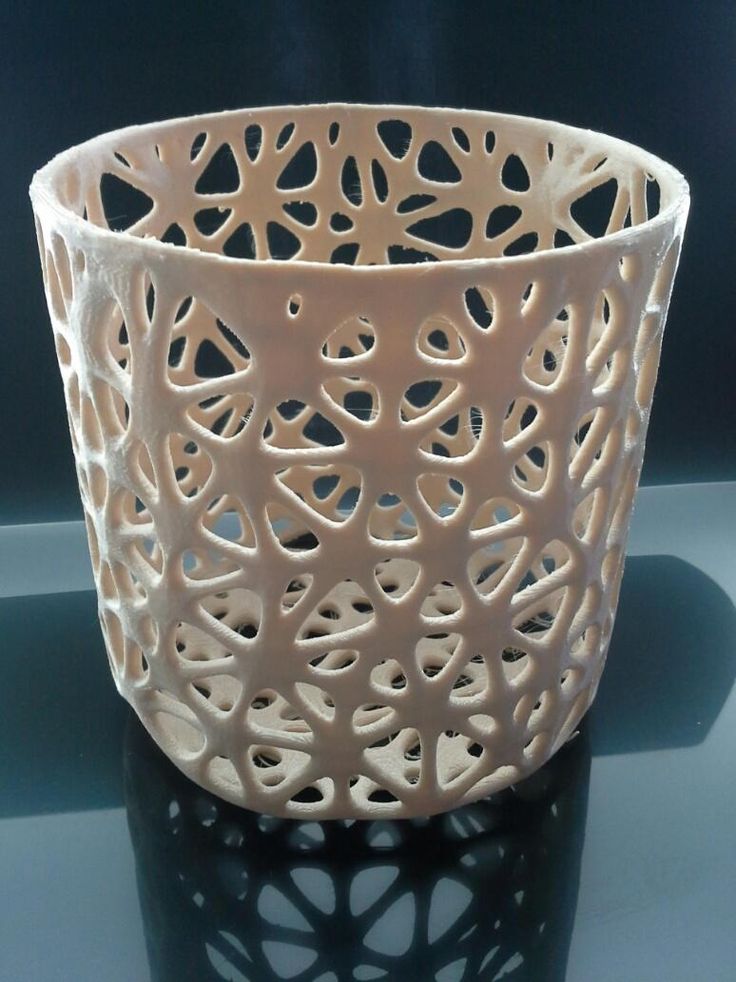 Now, for practical training, students do not need to stand in the operating room behind the surgeon's shoulder - young professionals can follow the work from anywhere in the world using virtual reality glasses.
Now, for practical training, students do not need to stand in the operating room behind the surgeon's shoulder - young professionals can follow the work from anywhere in the world using virtual reality glasses.
As for patients, virtual reality will help them relieve anxiety when visiting a doctor: during treatment, they will be able to see soothing scenes and thus receive less stress from not always pleasant procedures.
Photo: Cottonbro/Pexels
Restorative dentistry
We are used to the idea that our teeth will fall out as we age and will be replaced by dentures. However, developments in the field of regenerative dentistry may gradually change the usual reality. Researchers at Nottingham and Harvard Universities have developed dental fillings that help teeth heal damage. These fillings stimulate stem cells that promote the growth of dentin (the main component of our teeth). This allows patients to effectively restore teeth damaged as a result of dental disease.